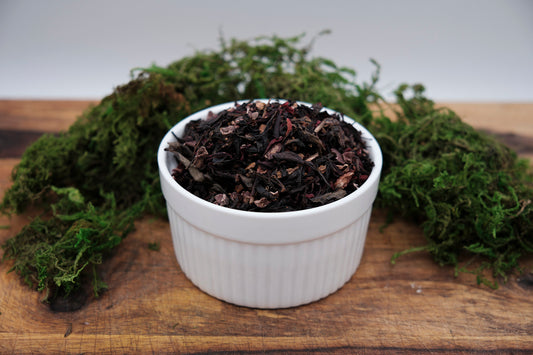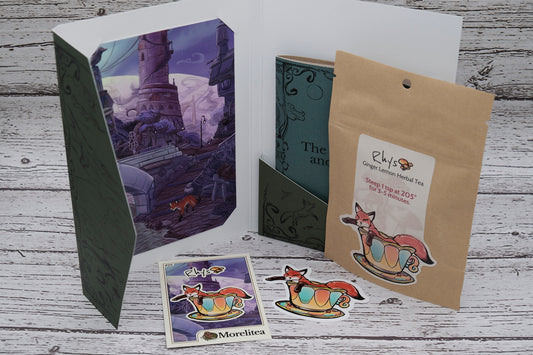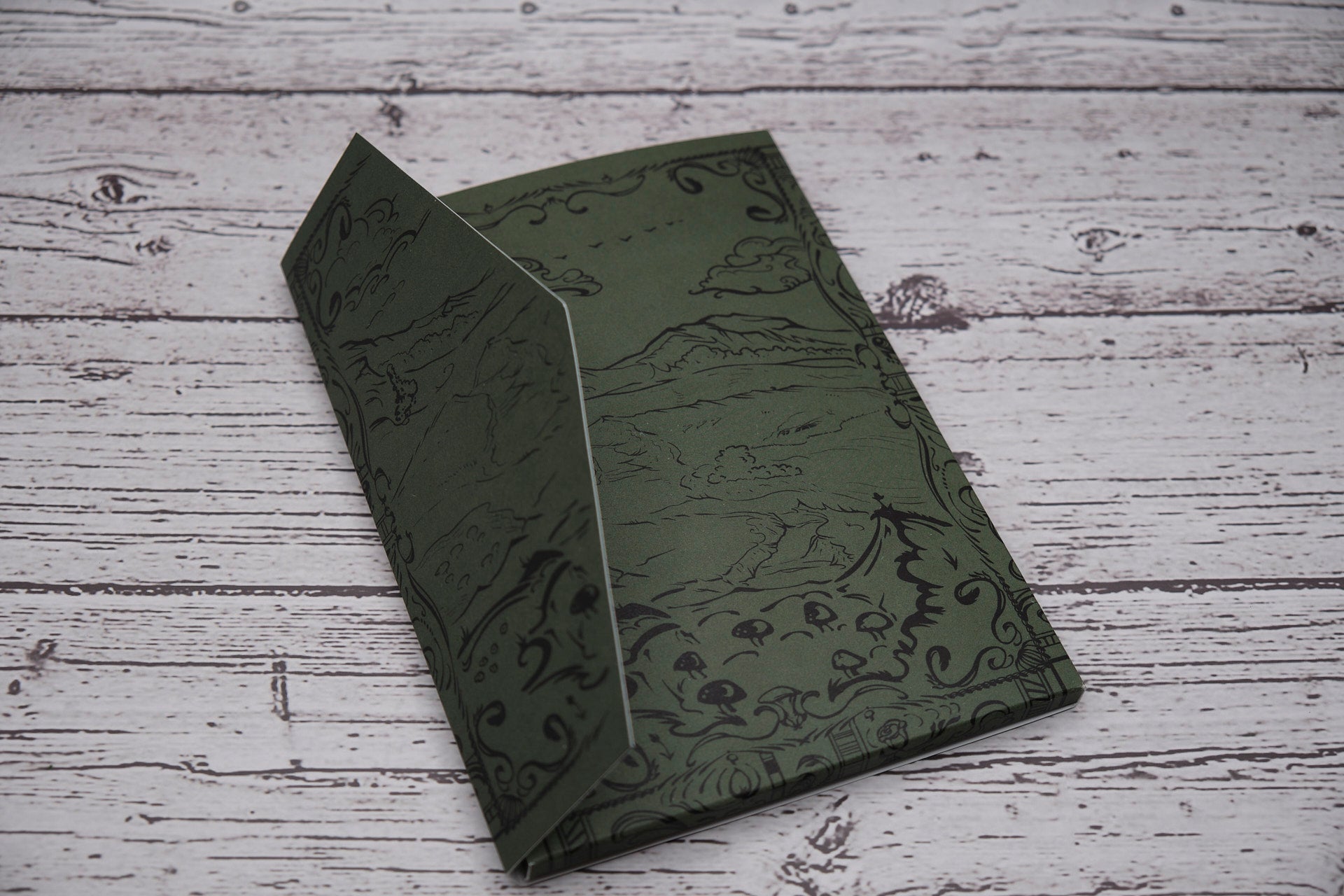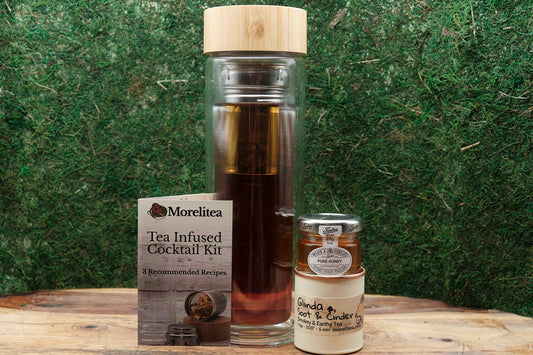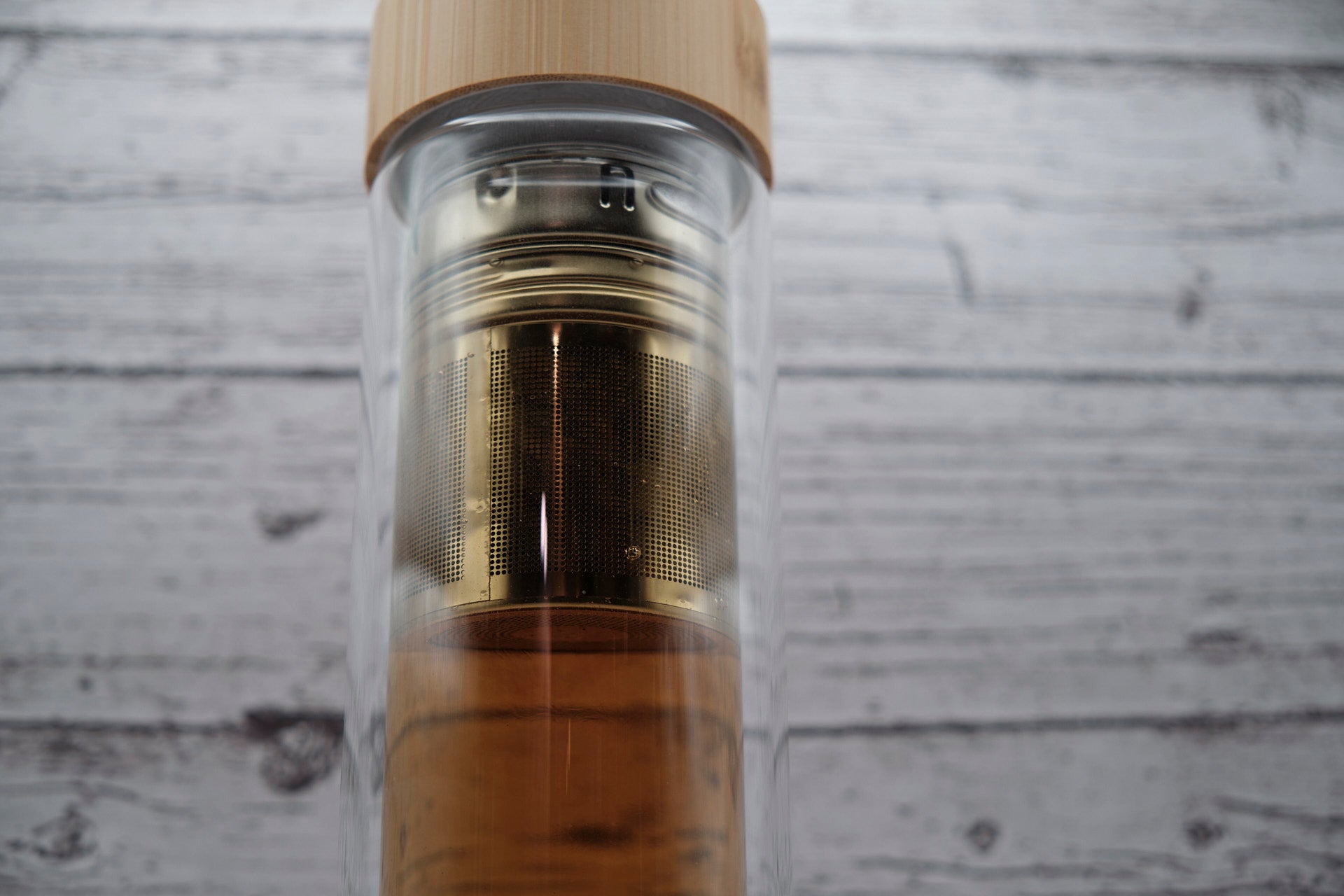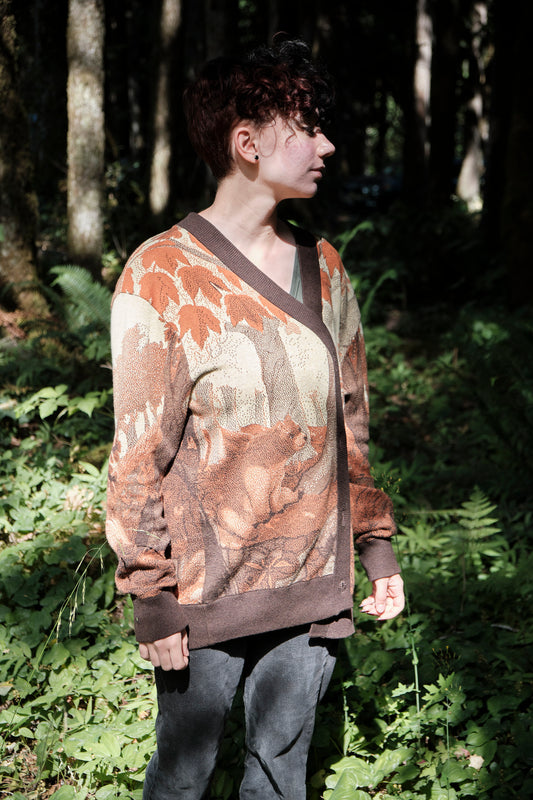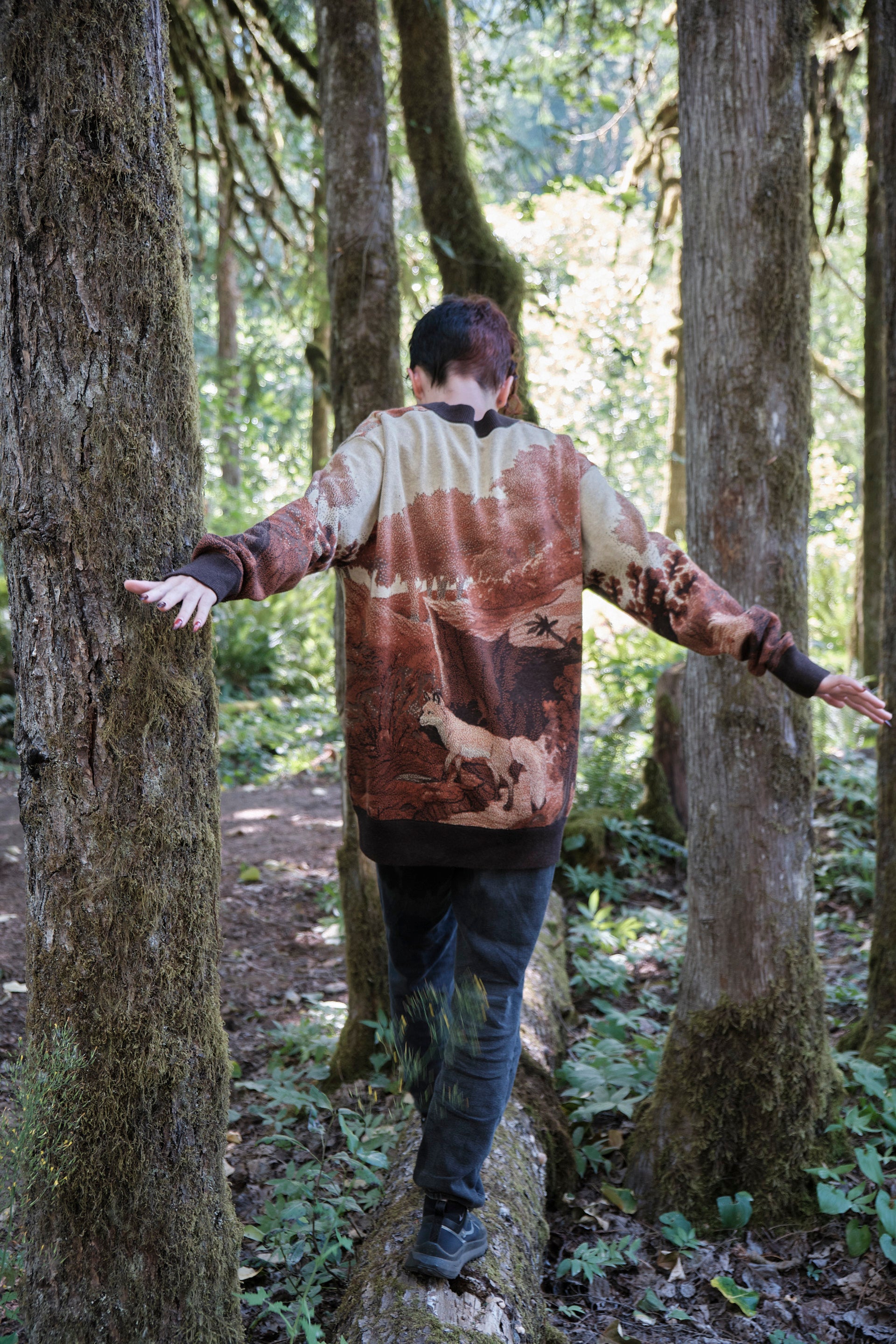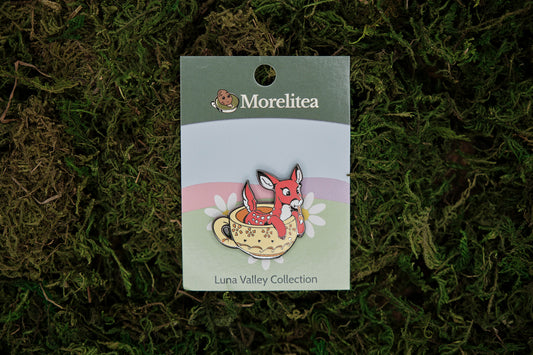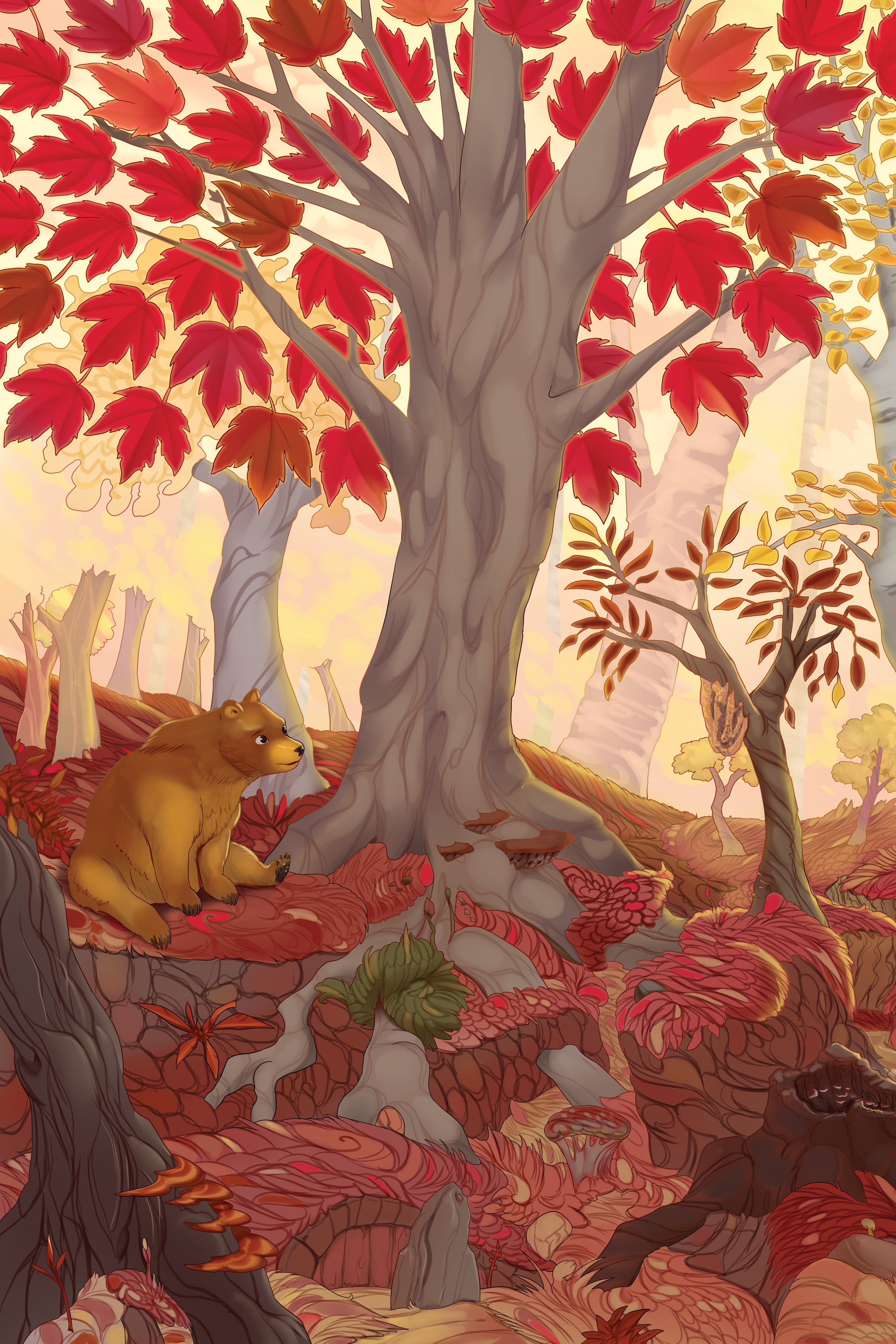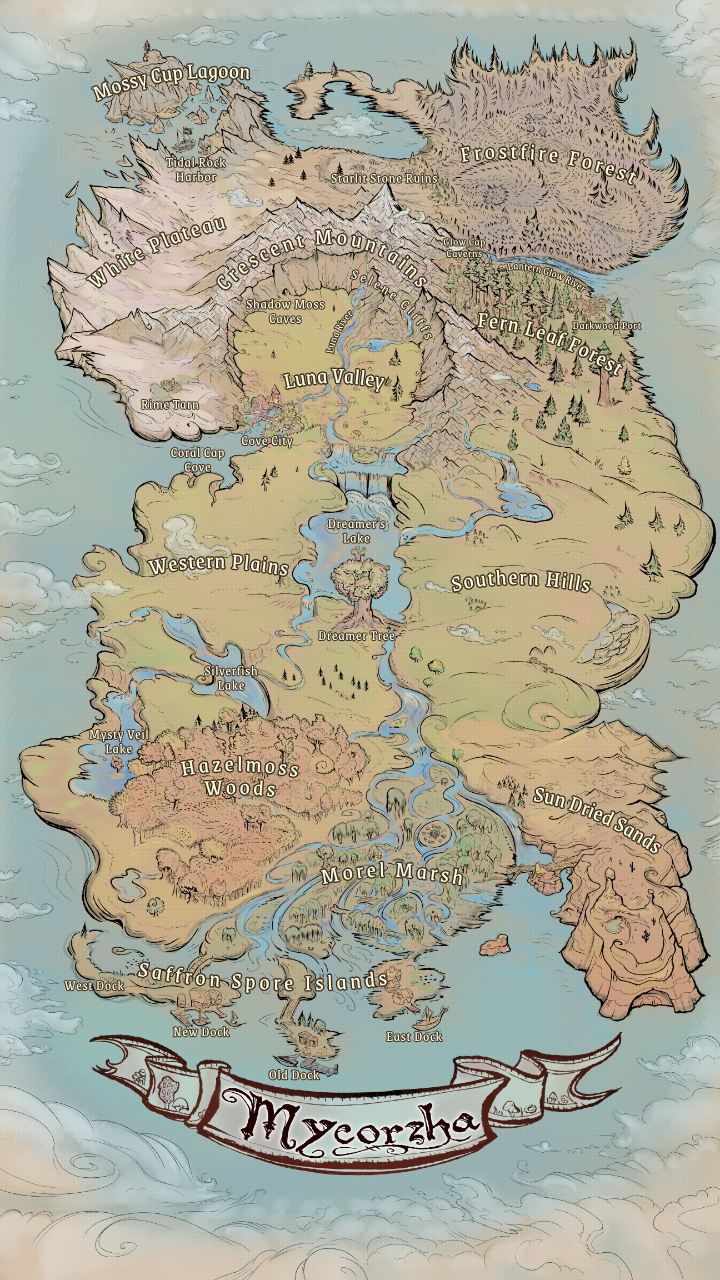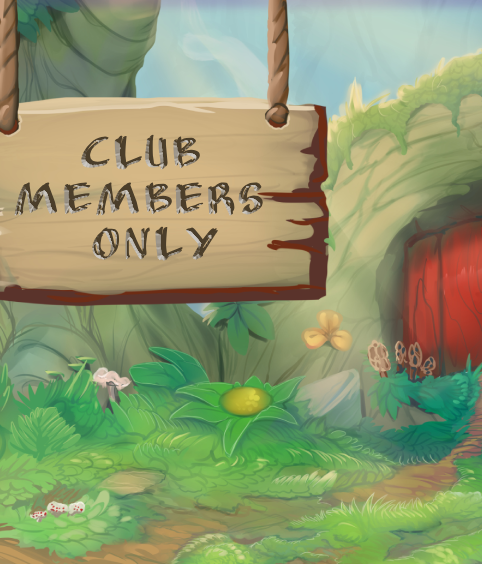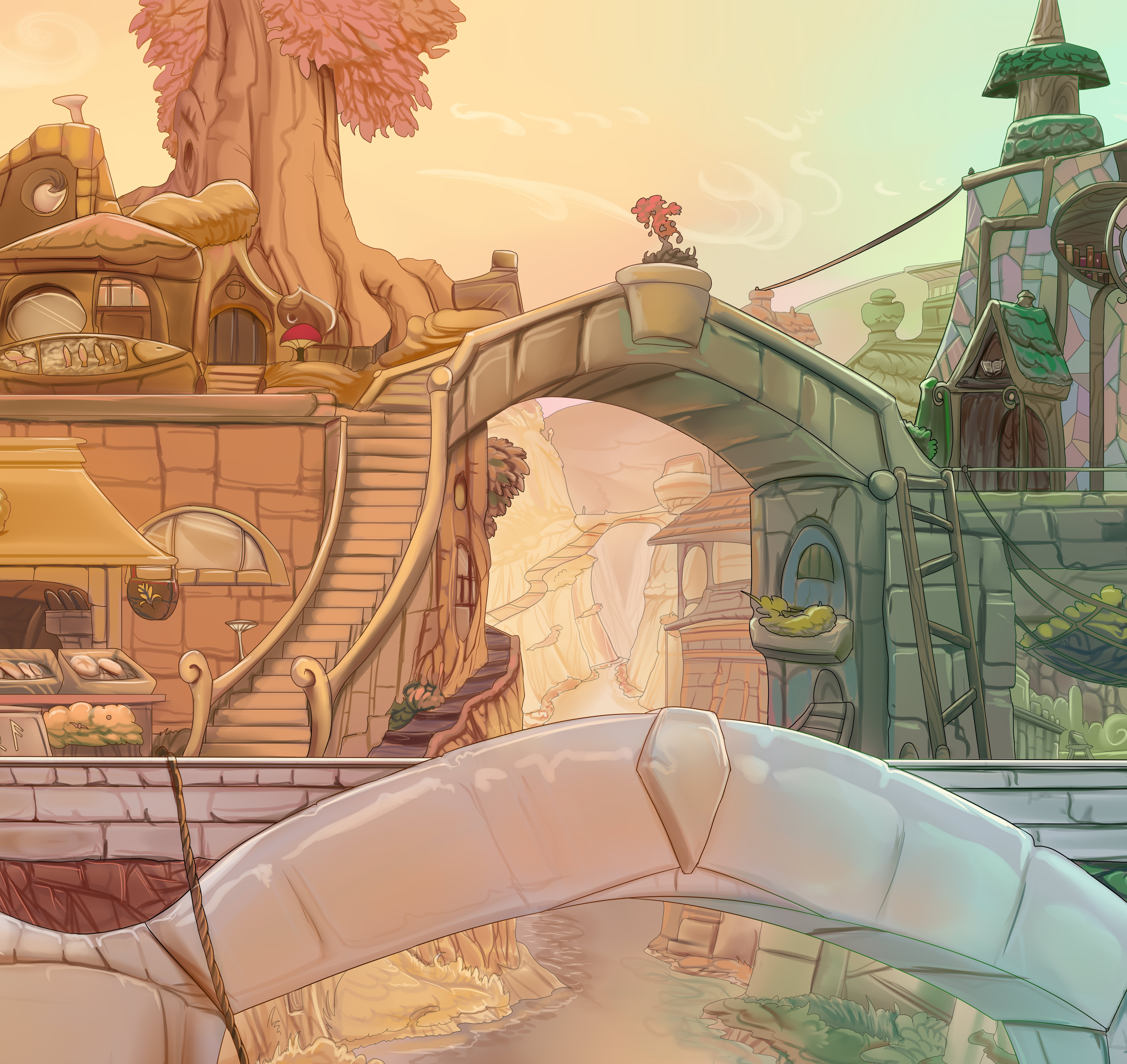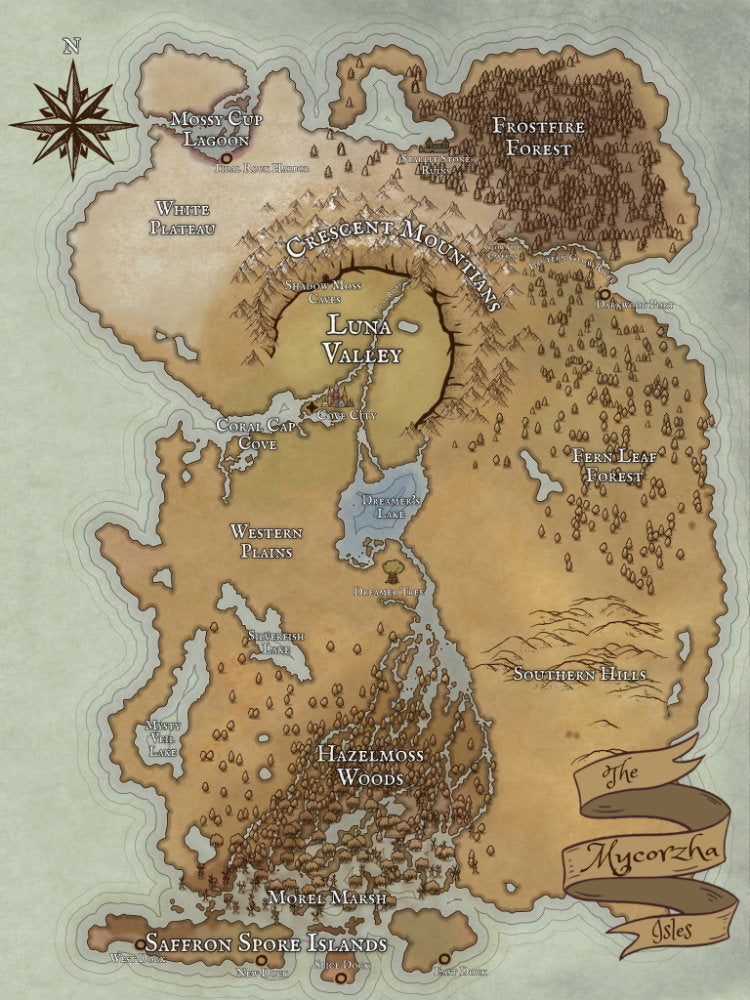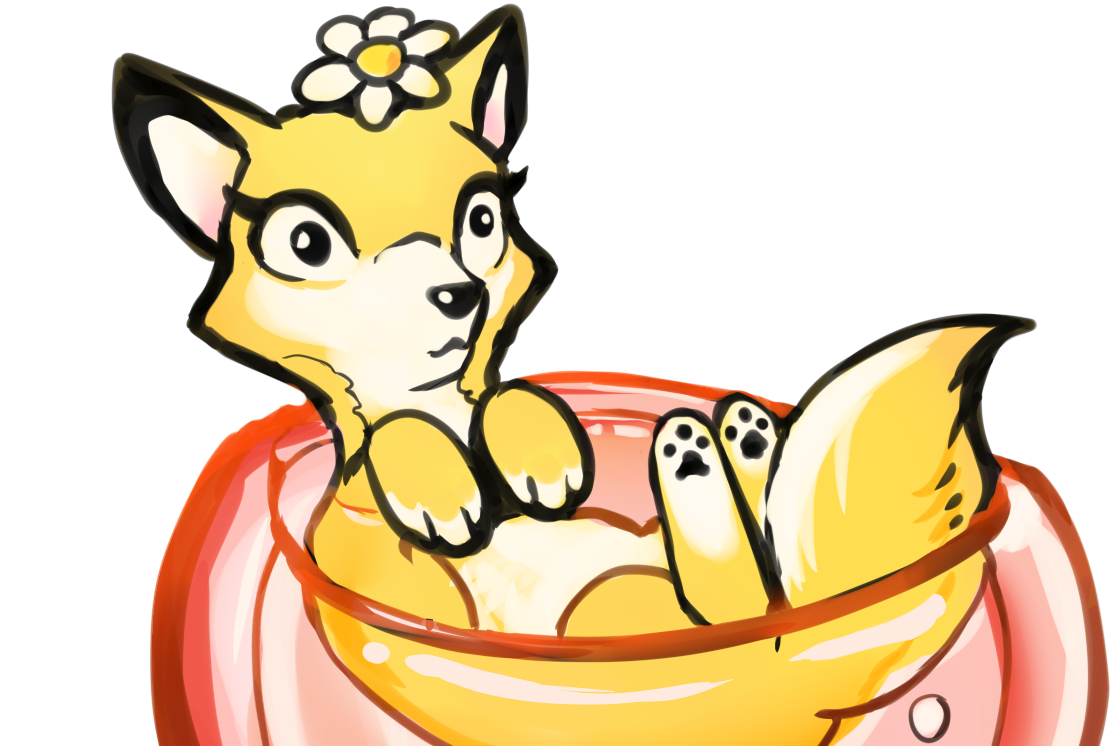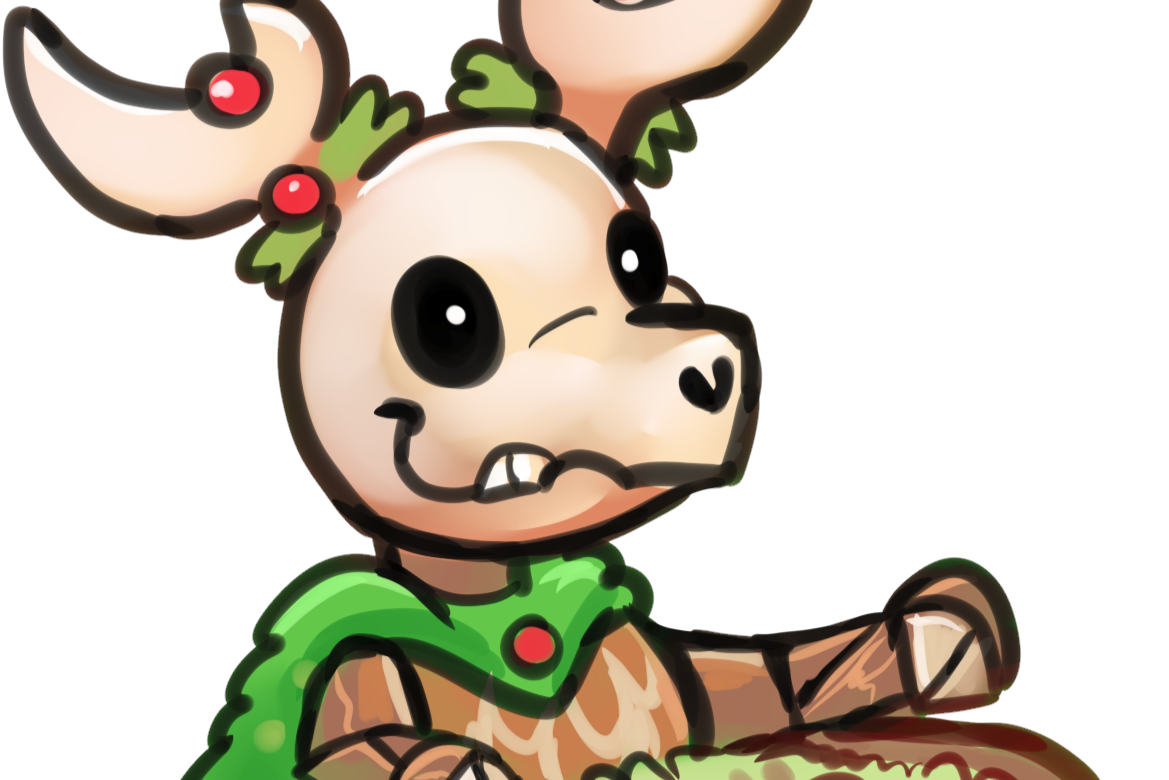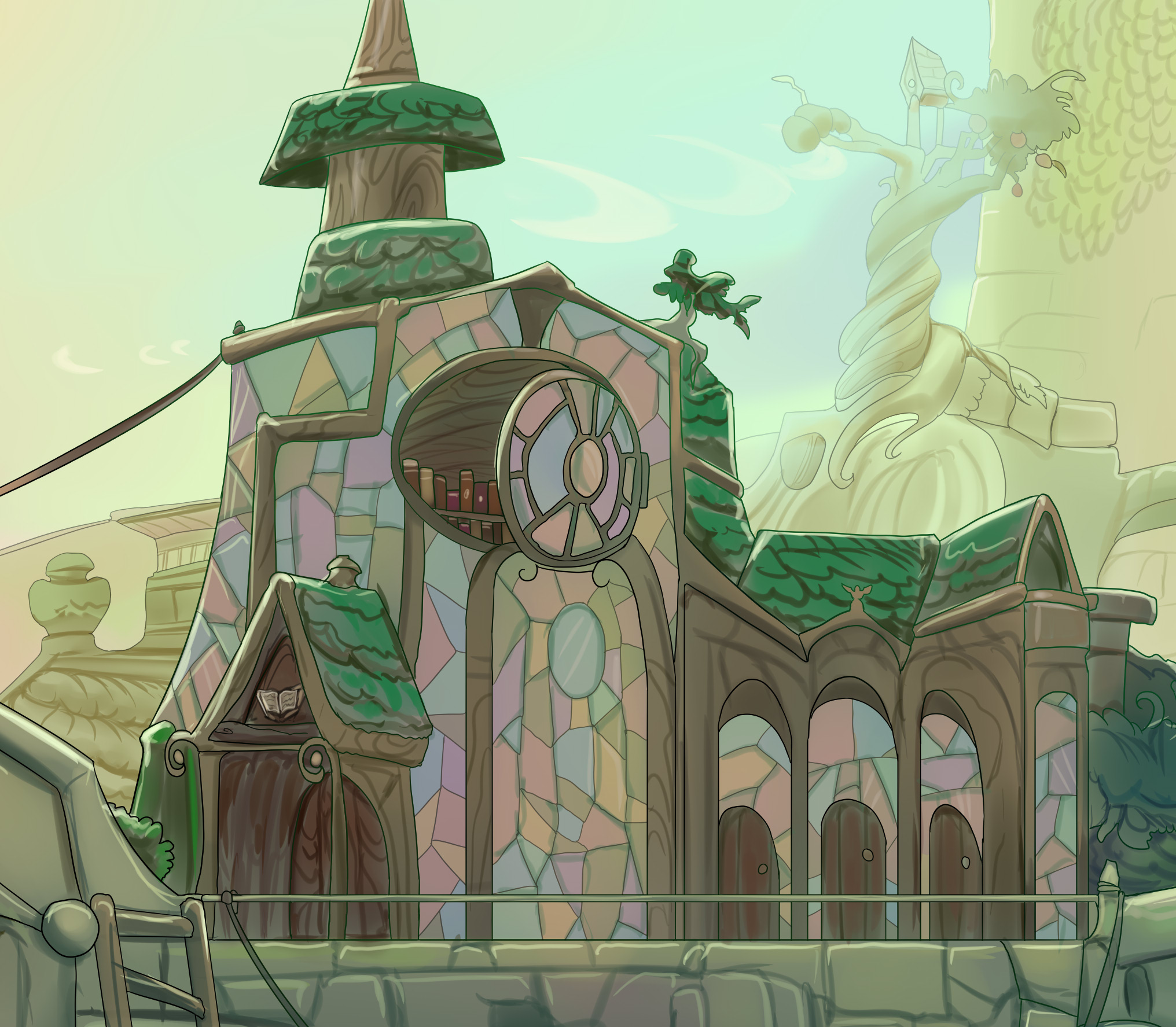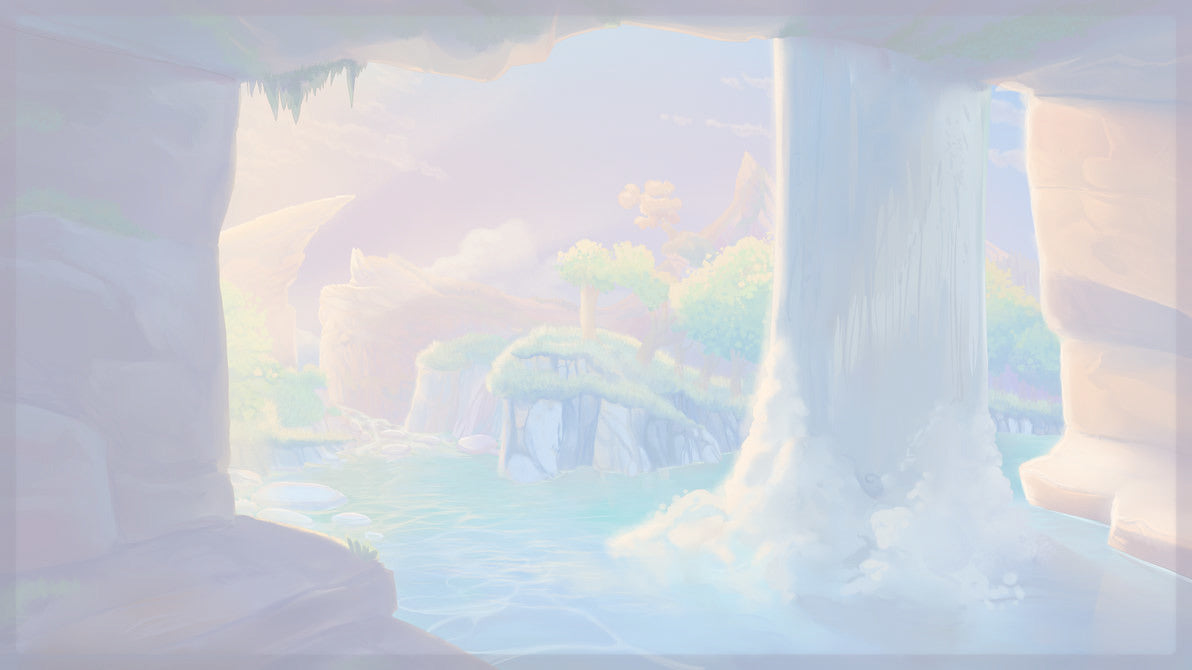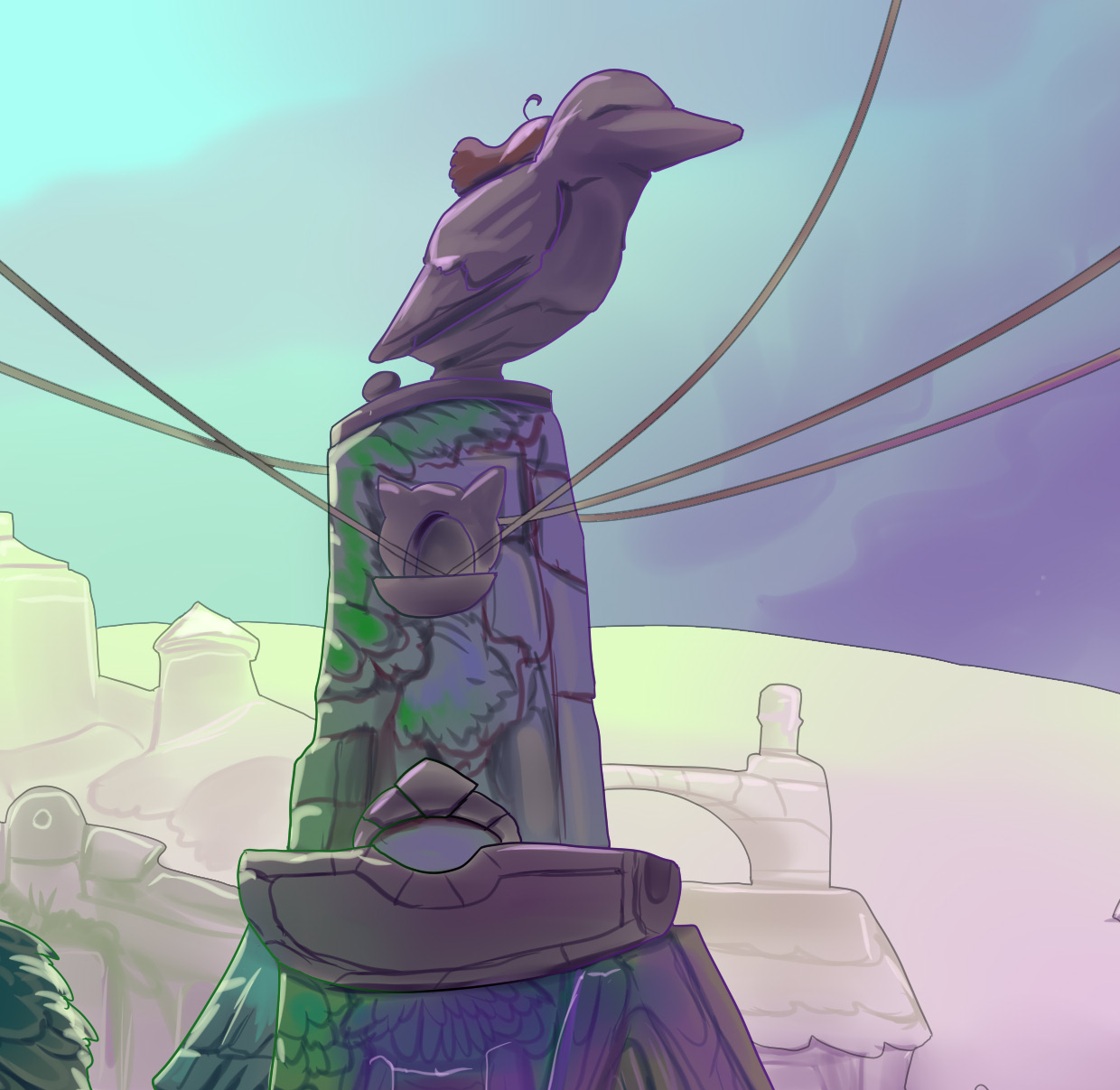Life Among The Banished
On the north-eastern edge of Mycorzha lies the White Plateau, a windswept stretch of highland where nothing grows. The White Plateau is desolate. The land is rocky, dry, and exposed to the full force of the mountain winds. The only way to survive is to build into the rocks or travel further into the highlands. It is here that the Banished are sent. On the southern-most edge of the plateau is a walled encampment, rough and pragmatic, where most Banished try to live using community to survive the wastes.
Mycorzha does not believe in cages. To lock away a creature is seen as a denial of their dignity and a harm to the whole. Instead, when a creature cannot or will not live in harmony with their community and the land, they are banished to the north. This is not an act of cruelty, but one of ritual separation. The belief is simple: a creature who has broken the bonds of the Isles must now learn to survive outside them. As such trade with the Banished is forbidden.
Banishment is not declared lightly. It must be agreed upon by both the local community and the Temple of the Isles, which serves as the moral and spiritual compass of Mycorzhan life. The process is not written in stone. There are no strict rules, no fixed thresholds. It is a matter of collective feeling, when enough creatures believe a neighbor has gone too far.
The reasons vary. Some are small at first: failing to replant after foraging, littering the riverbeds with broken tools, taking more than one’s share during a drought. Communities try to help first. They hold conversations, offer guidance, even host communal meals where the offender is asked to explain themselves. But when a creature ignores these efforts or escalates into something worse—like Caliban the snake, who stole eggs from poor nesting birds—they may face banishment.
No one remembers who the first Banished were, or what act made the Plateau the designated place. It is simply how things are. The tradition has gone unquestioned for so long that it’s taken as truth. A creature can be un-banished, though it is rare. The same process that sent them away must agree to bring them home: both community and Temple must believe the creature has changed. But since few ever return from the north, fewer still by choice, most remain there for life.
The Banished encampment is not maintained by Mycorzha. There are no rules, no guards, no guarantees. While most new arrivals are taken in, there are cases where the encampment refuses entry. These creatures, unwanted even by the Banished, are forced to wander north into even more hostile terrain, in hopes of finding shelter, water, or a better fate. Most do not survive. Inside the encampment, life is precarious. Food is scarce. Warmth is even scarcer. Ice fishing, when the pond isn’t frozen through, provides a meager supply. Tools are cobbled together from scrap. Shelters are dug into rock or built from wind-worn wood. The Banished cooperate when they must, but trust is rare. Hunger keeps most alliances practical. Violence, though discouraged, is not uncommon.
Still, life continues.
Some Banished form bonds, friendships, even families. Love is not forbidden on the Plateau, though it is tempered by hardship. When children are born to Banished parents, a difficult decision must often be made. The Plateau offers no future for the young. Most families choose to surrender their children to the Temple of the Mysts, which oversees their care and discreetly arranges for them to be adopted into homes across the Isles. These children are not marked or named as Banished. Their origins are quietly forgotten. The Temple believes that no child should carry the weight of their parents’ exile.
